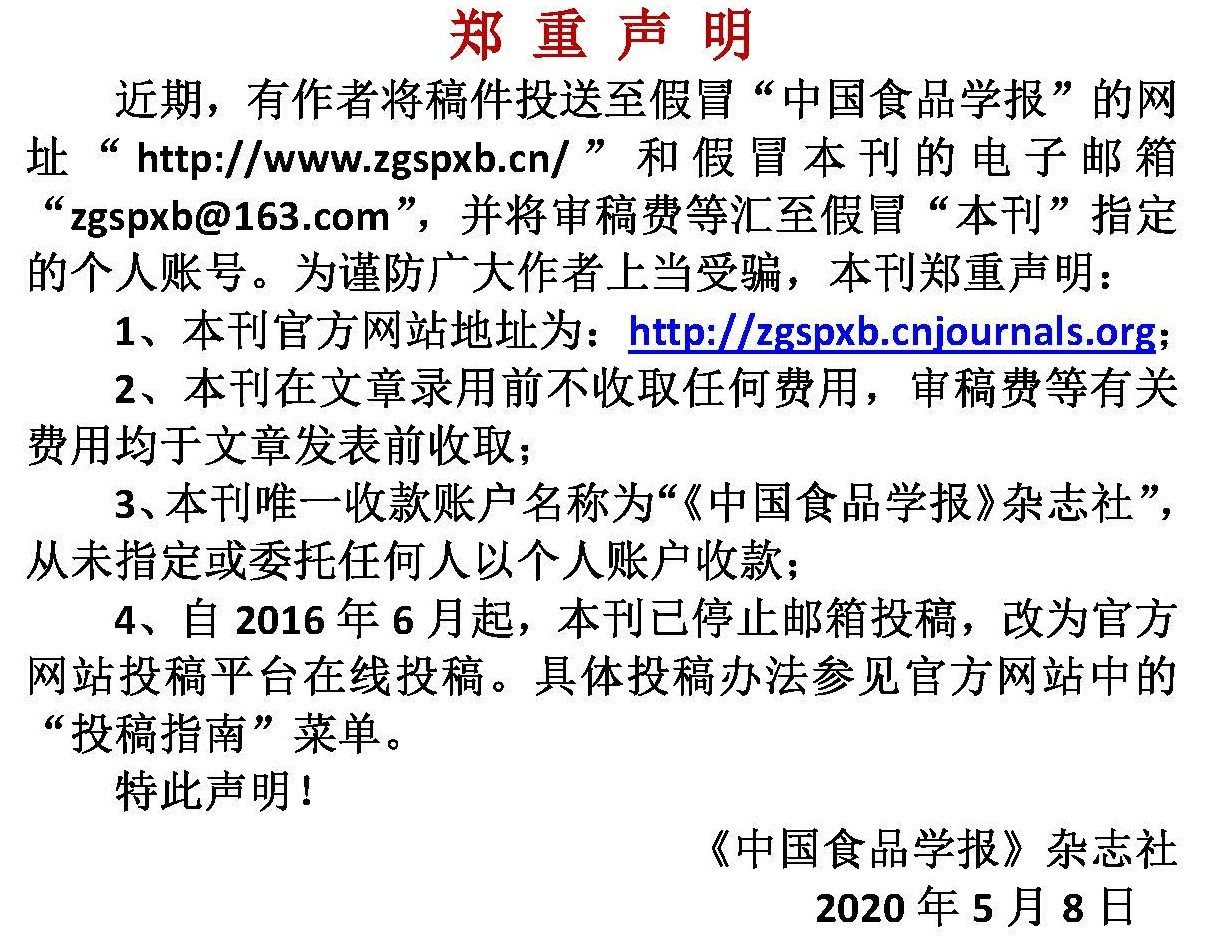不同种类动物肉结构、质构及营养特性的对比研究
作者:
作者单位:
(上海交通大学农业与生物学院 上海 200240)
作者简介:
通讯作者:
中图分类号:
基金项目:
国家自然科学基金面上项目(32272260)
Comparison Study of Structure, Texture and Nutrition of Animal Meet
Author:
Affiliation:
(School of Agriculture and Biology, Shanghai Jiao Tong University, Shanghai 200240)
Fund Project:
引用本文
孙翠霞,高翊鑫,杨语艳,扶佳玲,方亚鹏.不同种类动物肉结构、质构及营养特性的对比研究[J].中国食品学报,2024,24(9):18-30
复制分享
文章指标
- 点击次数:
- 下载次数:
- HTML阅读次数:
历史
- 收稿日期:2023-09-01
- 最后修改日期:
- 录用日期:
- 在线发布日期: 2024-10-21
- 出版日期:
文章二维码

版权所有 :《中国食品学报》杂志社 京ICP备09084417号-4
地址 :北京市海淀区阜成路北三街8号9层 邮政编码 :100048
电话 :010-65223596 65265375 电子邮箱 :chinaspxb@vip.163.com
技术支持:北京勤云科技发展有限公司
地址 :北京市海淀区阜成路北三街8号9层 邮政编码 :100048
电话 :010-65223596 65265375 电子邮箱 :chinaspxb@vip.163.com
技术支持:北京勤云科技发展有限公司
